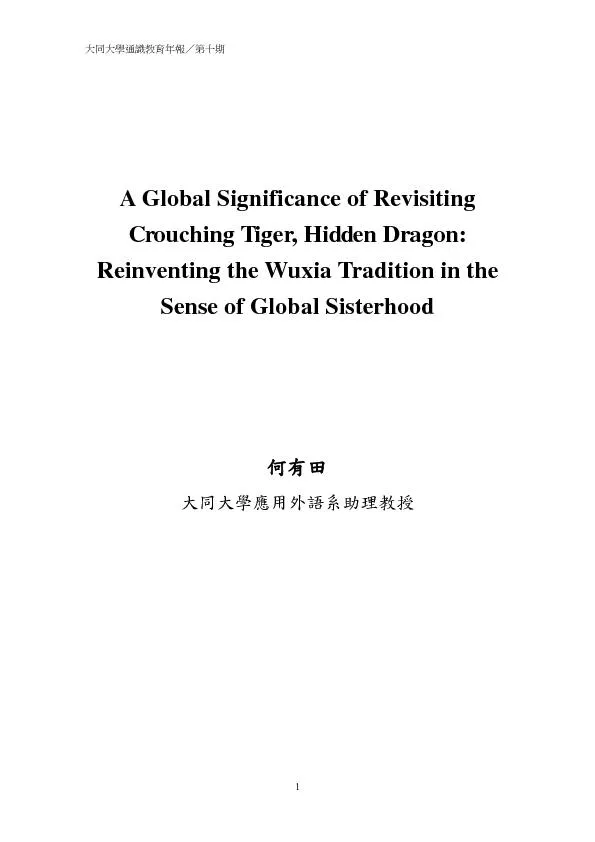PPT-Revisiting Local History to Improve
Author : natalia-silvester | Published Date : 2015-09-22
the Fused TwoLevel Branch Predictor Yasuo Ishii The University of Tokyo NEC Keisuke Kuroyanagi The University of Tokyo Takeo Sawada The University of Tokyo Mary
Presentation Embed Code
Download Presentation
Download Presentation The PPT/PDF document "Revisiting Local History to Improve" is the property of its rightful owner. Permission is granted to download and print the materials on this website for personal, non-commercial use only, and to display it on your personal computer provided you do not modify the materials and that you retain all copyright notices contained in the materials. By downloading content from our website, you accept the terms of this agreement.
Revisiting Local History to Improve: Transcript
Download Rules Of Document
"Revisiting Local History to Improve"The content belongs to its owner. You may download and print it for personal use, without modification, and keep all copyright notices. By downloading, you agree to these terms.
Related Documents














